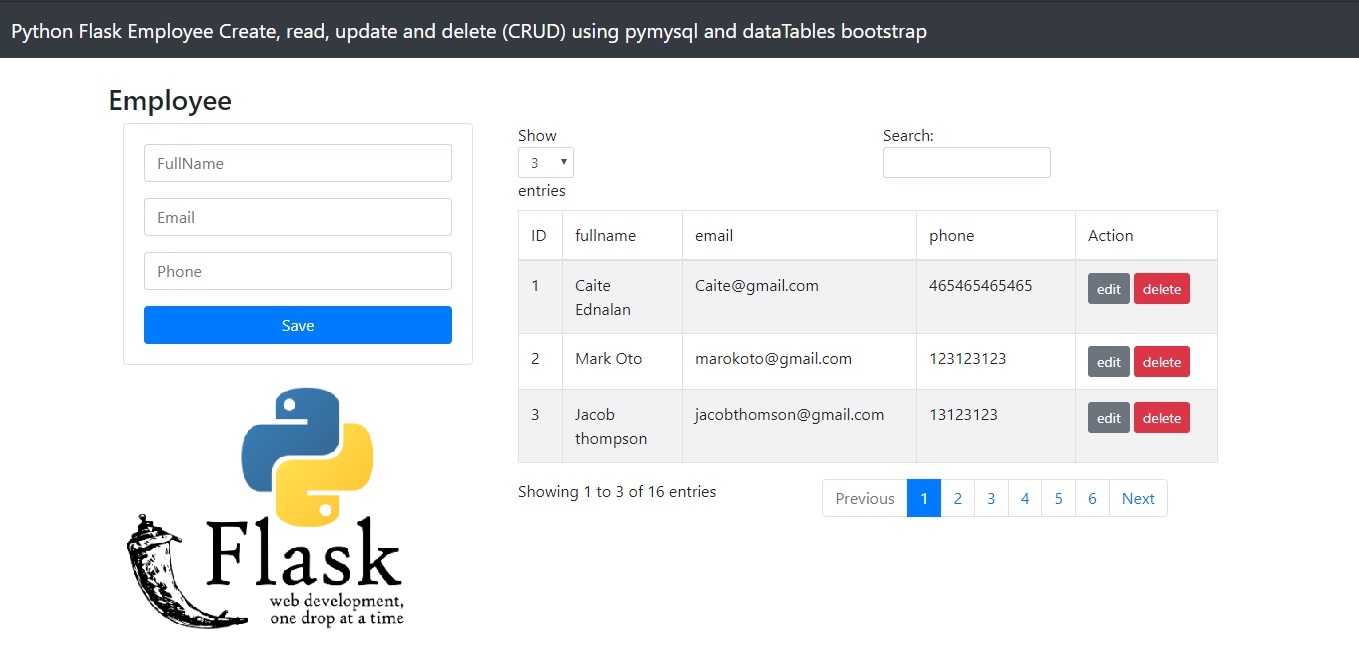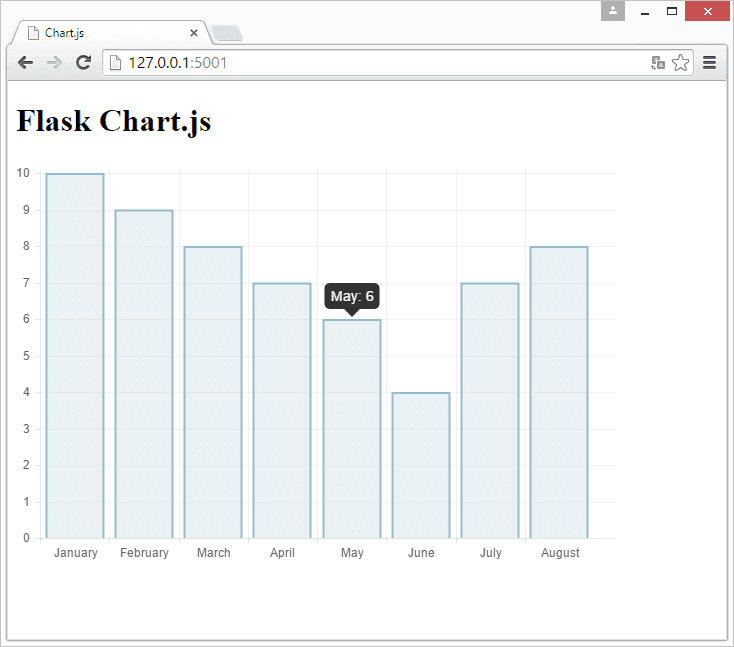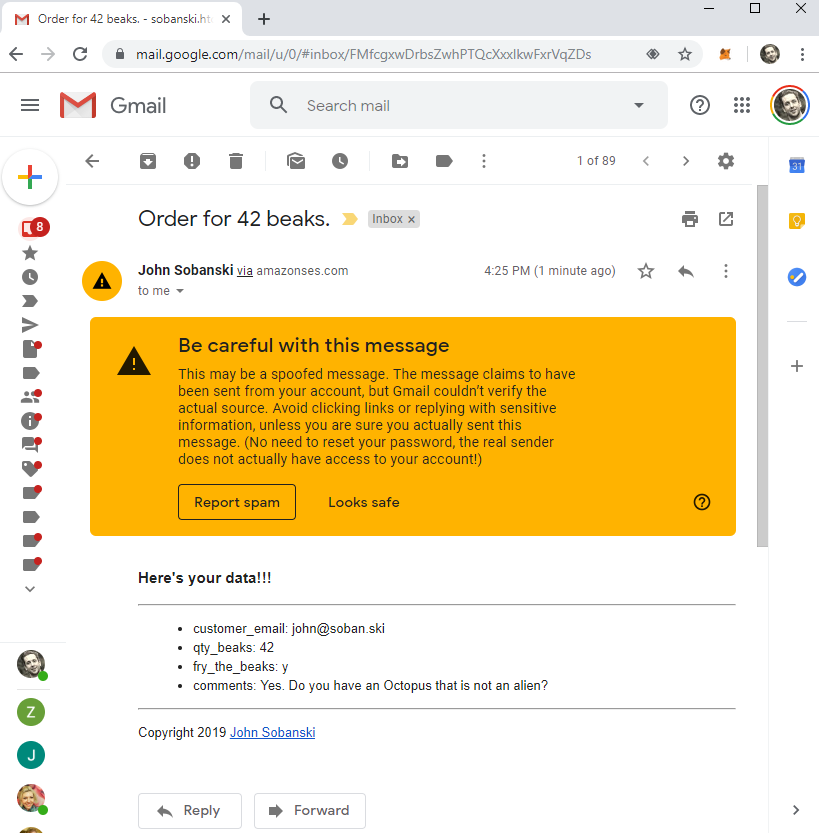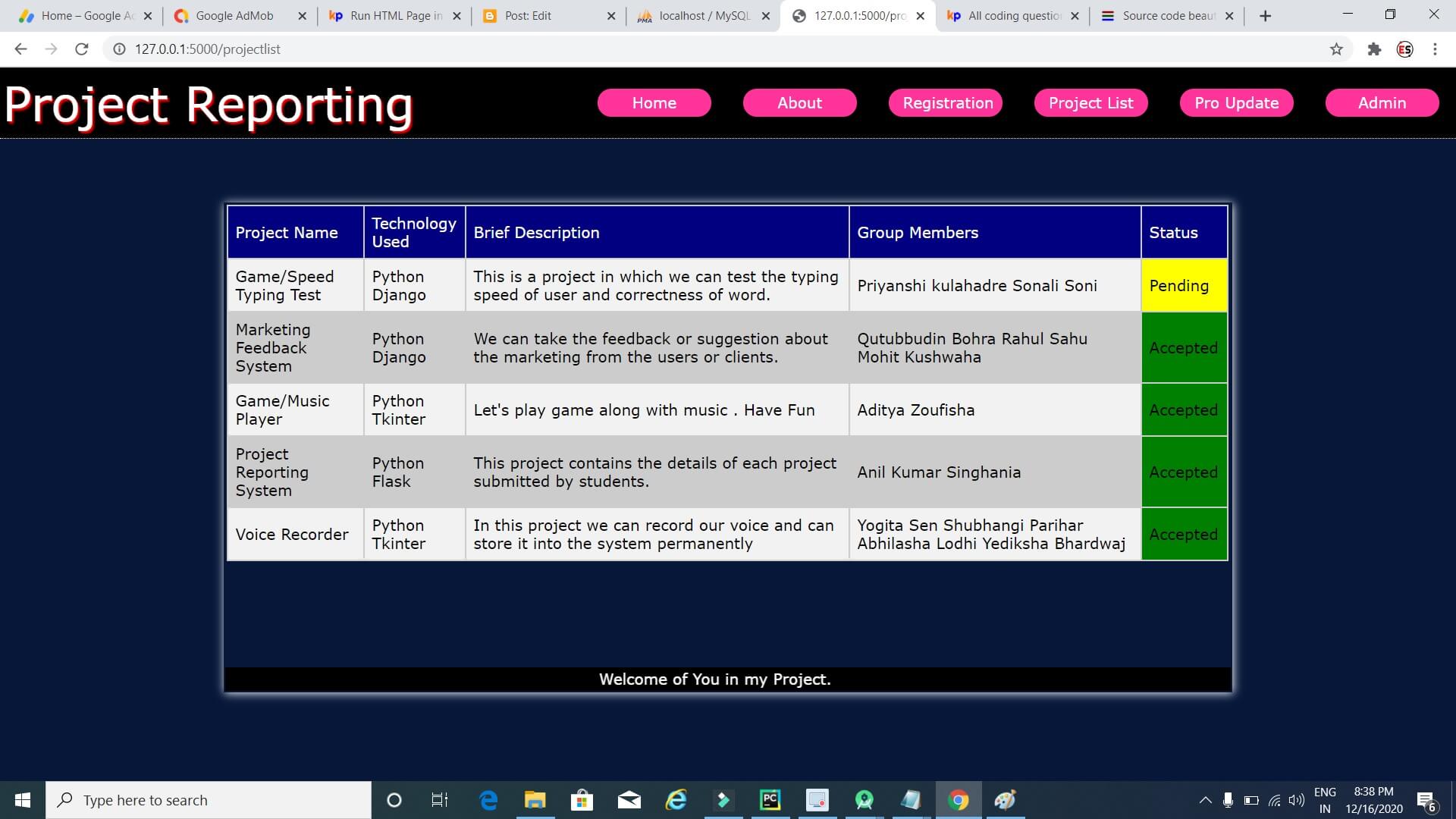Render Template Flask
Render template flask - Because of that flask configures the jinja2 template engine for you automatically. A template is rendered with specific data to produce a final document. The form data received by the triggered function can collect it in the form of a dictionary object and forward it to a template to render it on a corresponding web page. Jinja2 is a web template engine which combines a template with a certain data source to render the dynamic web pages. You can include if statements in your template. The bootstrap class and bootstrap/ template path are deprecated since 2.0 and will be removed in 3.0. One of the key things to know is, templates are used to separate bussiness logic from presentation logic. This increases maintainability, extensionability and portability of your software. Templates are files that contain static data as well as placeholders for dynamic data. To render a template you can use the render_template() method.
All you have to do is provide the name of the template and the variables you want to pass to the template engine as keyword arguments. To install flask on the system, we need to have python 2.7 or higher installed on our system. It is also possible to apply validation to the wtf field. However, we suggest using python 3 for the development in the flask. In the following example, ‘/’ url renders a web page (student.html) which has a form.
Flask CRUD Application Create, Retrieve, Update, and Delete AskPython
One of the key things to know is, templates are used to separate bussiness logic from presentation logic. You can include if statements in your template. Let us see how this dynamic generation of html works.
Python Flask Employee Create, read, update and delete (CRUD) using
The data filled in it is posted to the ‘/result’ url. Because of that flask configures the jinja2 template engine for you automatically. One of the key things to know is, templates are used to separate bussiness logic from presentation logic.
Bento Specialty Check Flask check Unescaped file extension — by r2c
However, we suggest using python 3 for the development in the flask. Here’s a simple example of how to render a template: The form data received by the triggered function can collect it in the form of a dictionary object and forward it to a template to render it on a corresponding web page.
Flask and great looking charts using Chart.js Python Tutorial
Let us see how this dynamic generation of html works. Because of that flask configures the jinja2 template engine for you automatically. This increases maintainability, extensionability and portability of your software.
Building A Machine learning chatbot with flask framework and python
Code vulnerable in a flask the developer wants to echo back from request get which is named search and render to function call render_template_string it is based on the flask. In the following example, ‘/’ url renders a web page (student.html) which has a form. The bootstrap class and bootstrap/ template path are deprecated since 2.0 and will be removed in 3.0.
Configure Flask to Send Form Data to Gmail
This increases maintainability, extensionability and portability of your software. You can include if statements in your template. All you have to do is provide the name of the template and the variables you want to pass to the template engine as keyword arguments.
Build a Python Web Server with Flask Using HTML Raspberry Pi Projects
In the following example, ‘/’ url renders a web page (student.html) which has a form. The bootstrap class and bootstrap/ template path are deprecated since 2.0 and will be removed in 3.0. The form data received by the triggered function can collect it in the form of a dictionary object and forward it to a template to render it on a corresponding web page.
Fetch Data from MySQL using Flask and Python Website in Python
In the following example, ‘/’ url renders a web page (student.html) which has a form. One of the key things to know is, templates are used to separate bussiness logic from presentation logic. The same operators that you would use in python can be used
Because of that flask configures the jinja2 template engine for you automatically. Templates are files that contain static data as well as placeholders for dynamic data. The form data received by the triggered function can collect it in the form of a dictionary object and forward it to a template to render it on a corresponding web page. This increases maintainability, extensionability and portability of your software. However, we suggest using python 3 for the development in the flask. The same operators that you would use in python can be used All you have to do is provide the name of the template and the variables you want to pass to the template engine as keyword arguments. A template is rendered with specific data to produce a final document. It is also possible to apply validation to the wtf field. One of the key things to know is, templates are used to separate bussiness logic from presentation logic.
The data filled in it is posted to the ‘/result’ url. In the following example, ‘/’ url renders a web page (student.html) which has a form. The bootstrap class and bootstrap/ template path are deprecated since 2.0 and will be removed in 3.0. To install flask on the system, we need to have python 2.7 or higher installed on our system. Here’s a simple example of how to render a template: Jinja2 is a web template engine which combines a template with a certain data source to render the dynamic web pages. Code vulnerable in a flask the developer wants to echo back from request get which is named search and render to function call render_template_string it is based on the flask. You can include if statements in your template. To render a template you can use the render_template() method. Let us see how this dynamic generation of html works.
The template files will be stored in the templates directory inside the flaskr package.








